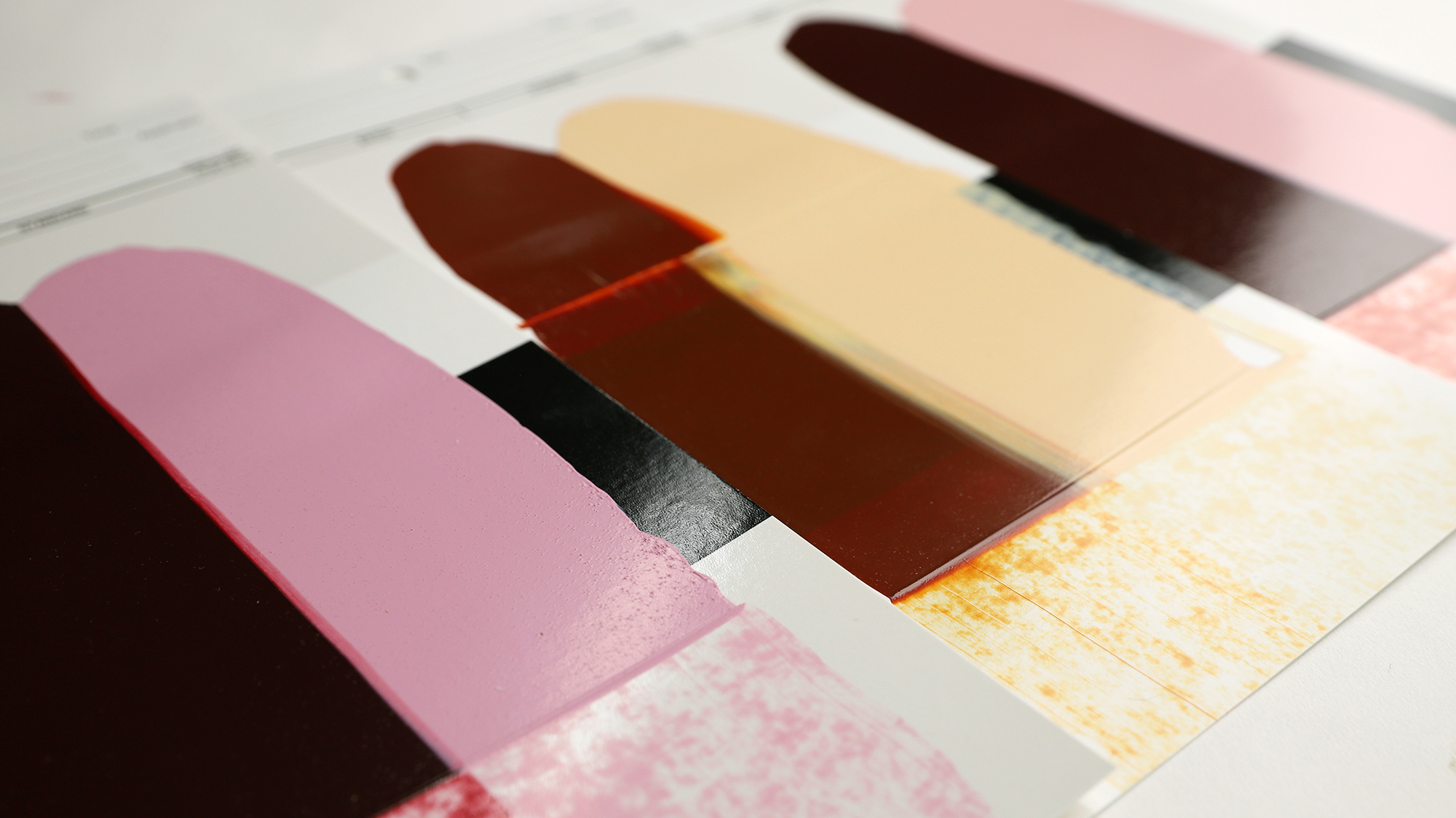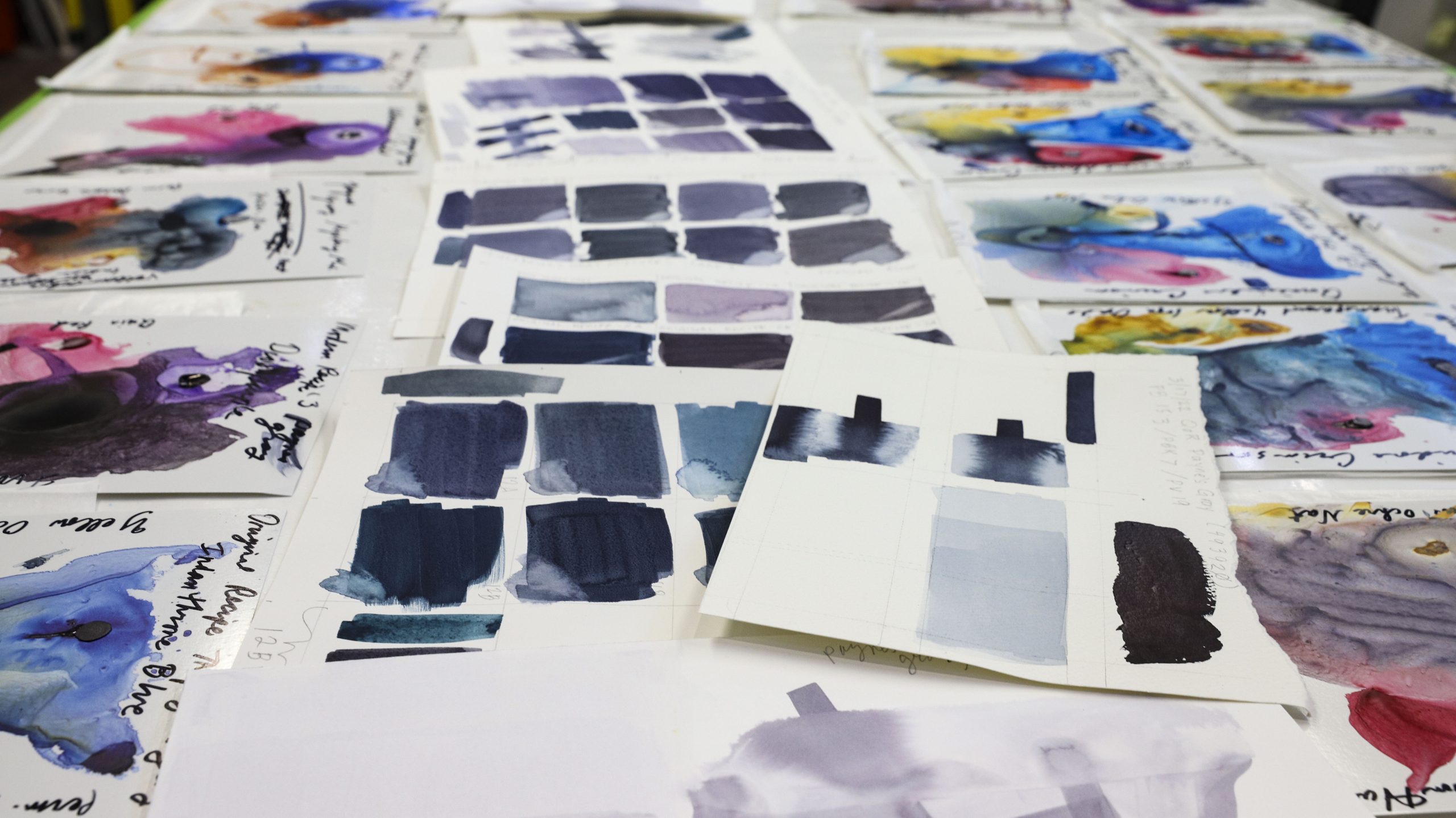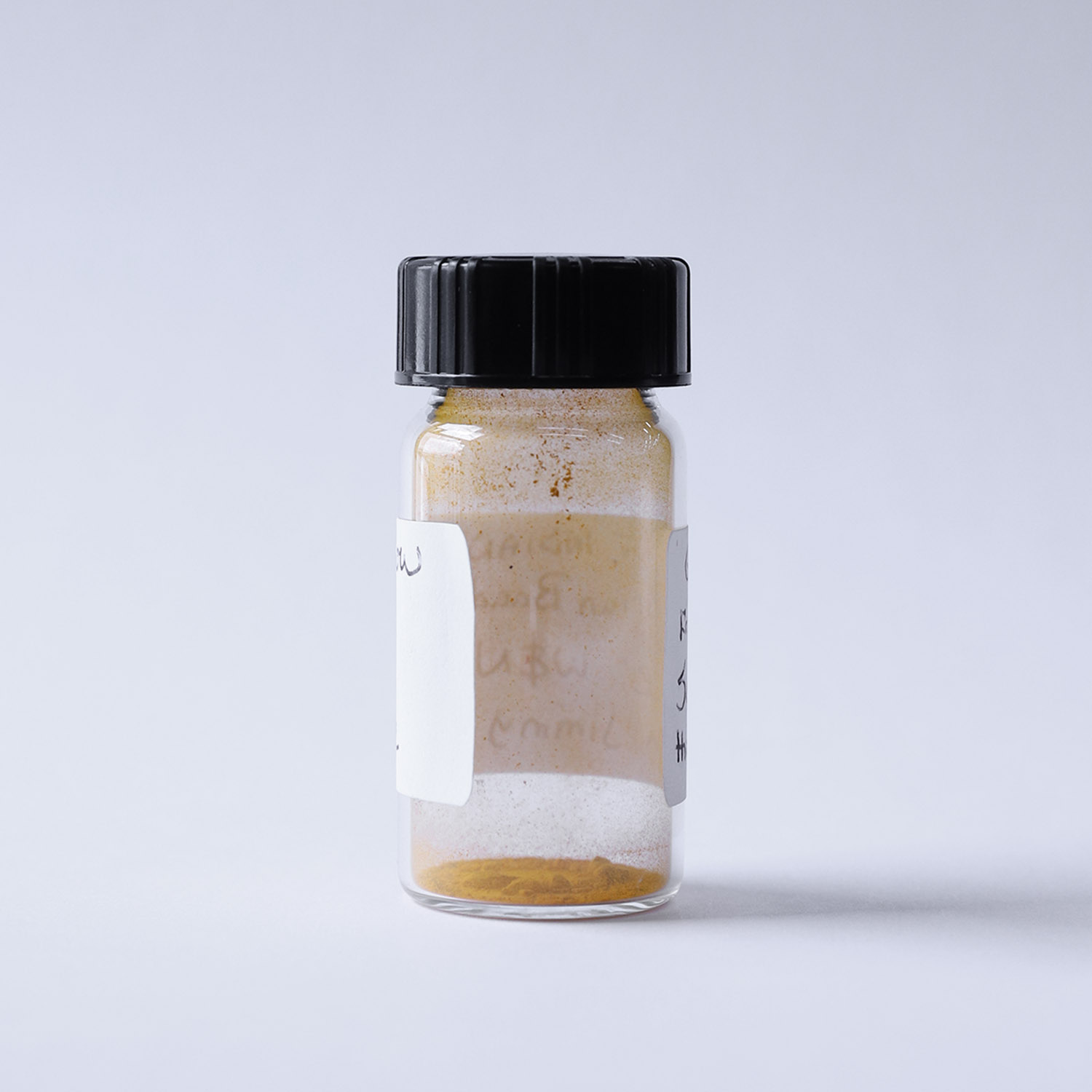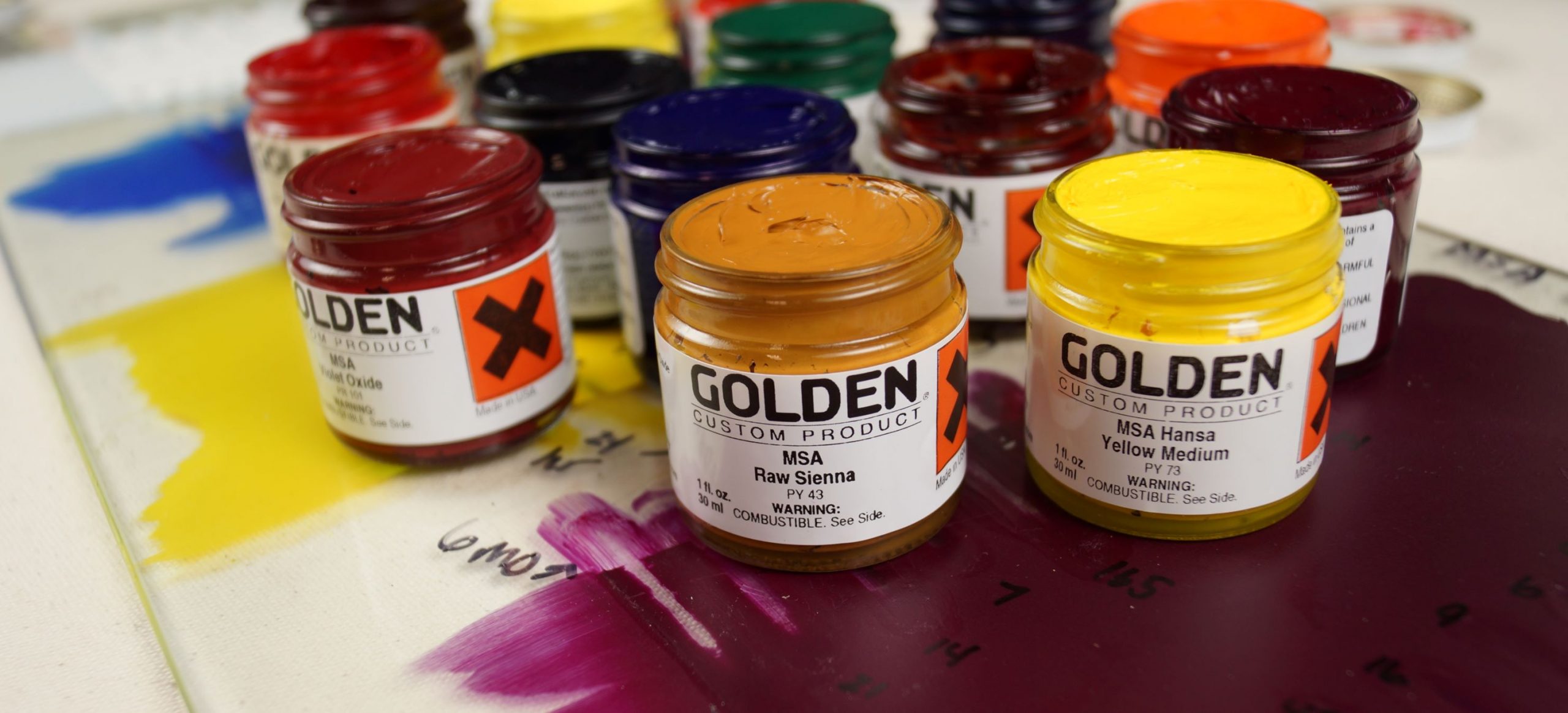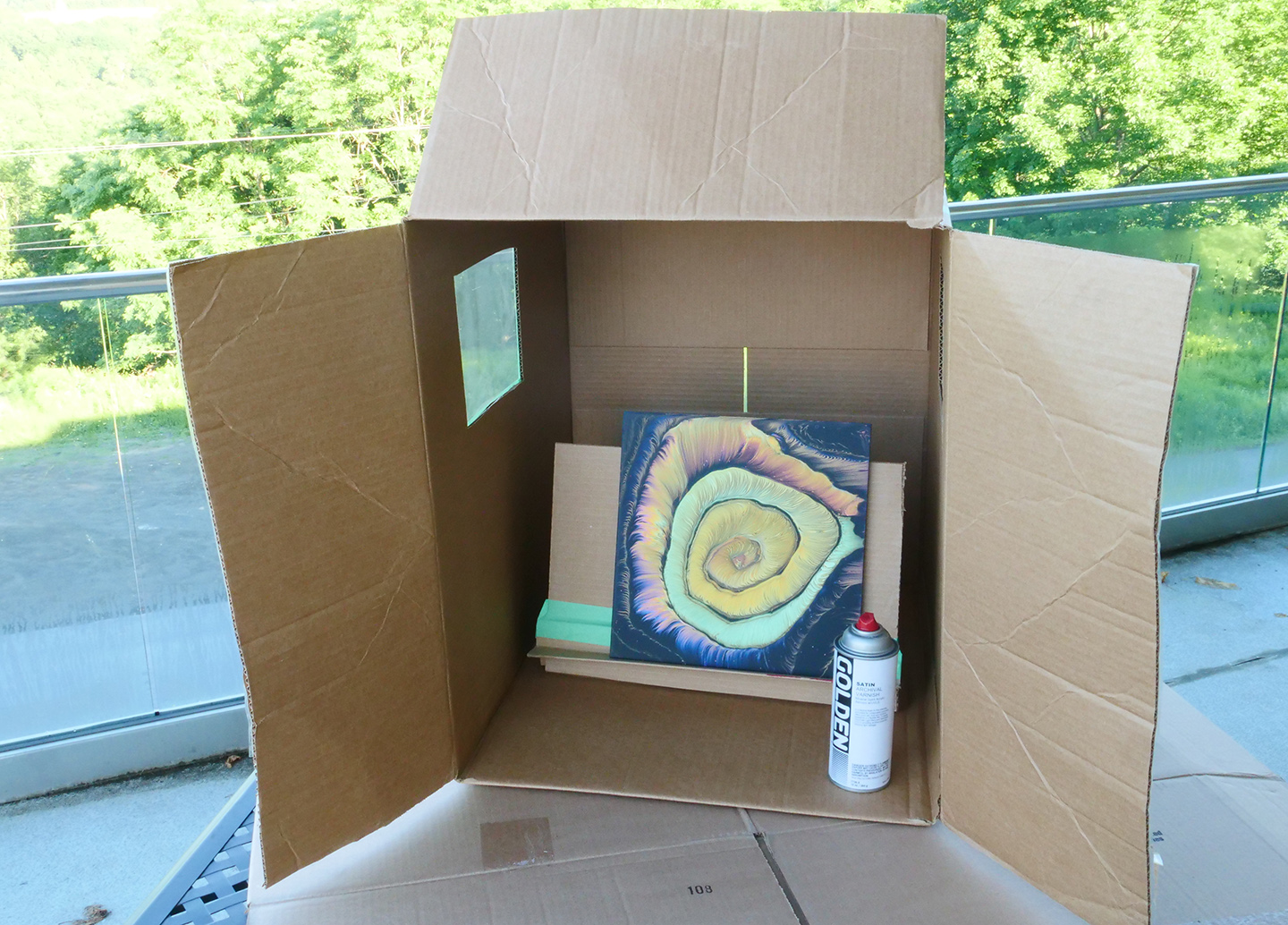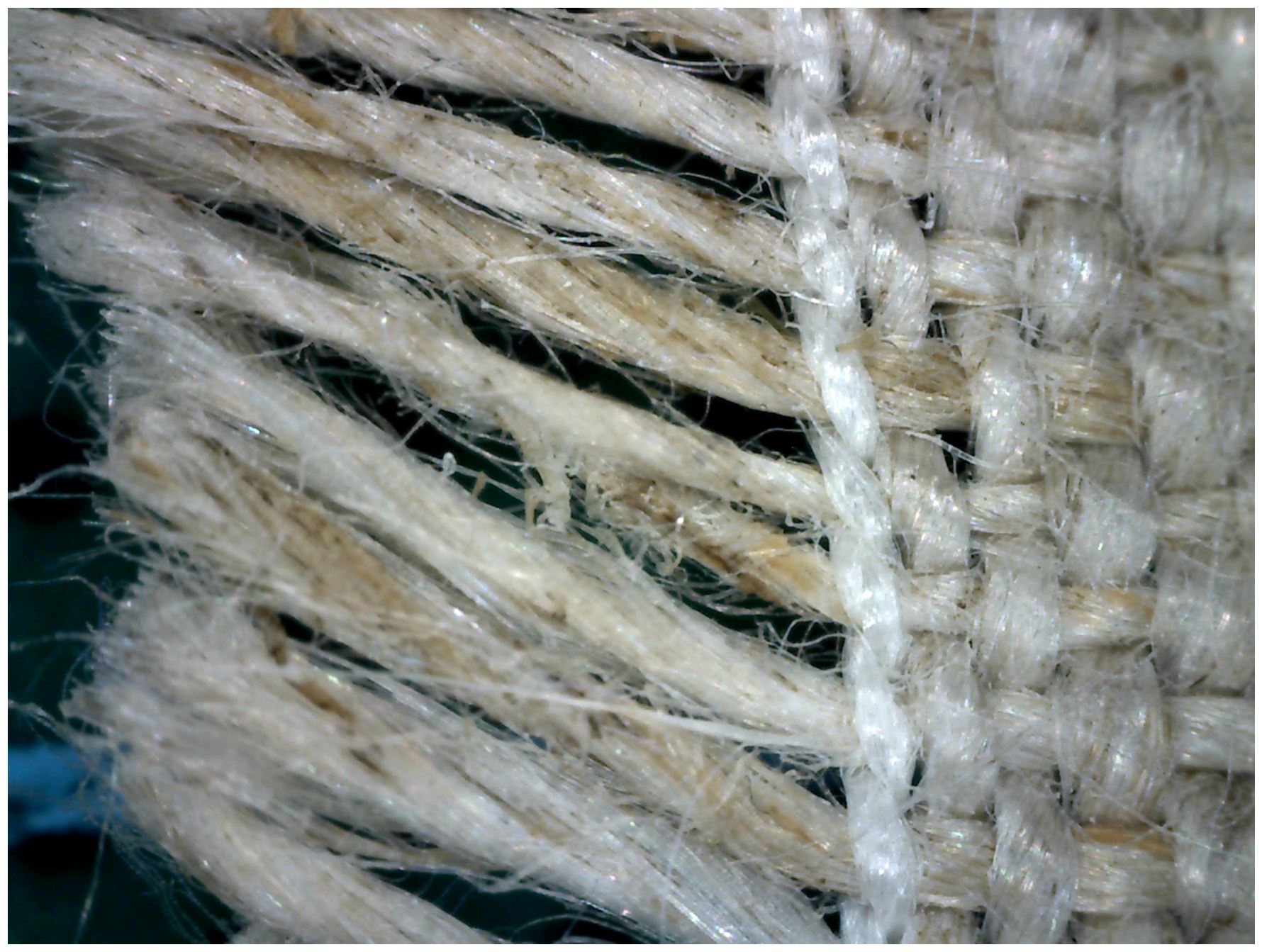In our investigation of the embrittlement of oil paints containing zinc oxide (see Sarah Sands’ 2018 article Zinc Oxide – Reviewing the Research), we made a lab trial containing titanium dioxide (PW6, “TiO2”) and 6% zinc oxide (PW4, “ZnO”) that used stand oil instead of our standard refined linseed oil. Two years later, we noticed … Read more
Home>Conservation> Oils> Research > Stand Oil for Extending the Flexibility of Zinc White Oil Paints
Archive | Conservation
January 28, 2025 Editor’s Note: In the wake of the Los Angeles wildfires, this article has been updated to include some additional resources for emergency funding and disaster relief specific to California residents. December 17, 2024 Editor’s Note: To make this article as relevant as possible, we have updated it with new and more timely … Read more
The loss of key quinacridone paint colors result in Golden Artist Colors creating recipes to recreate them for artists.
During a 2011 interview with the British newspaper The Guardian, contemporary British painter George Thomas Shaw described Payne’s Gray as “the color of English rain” (1). This simple characterization delineates the essence of a color that nearly every painter knows. And yet, most artists could not tell you who William Payne was or what pigments … Read more
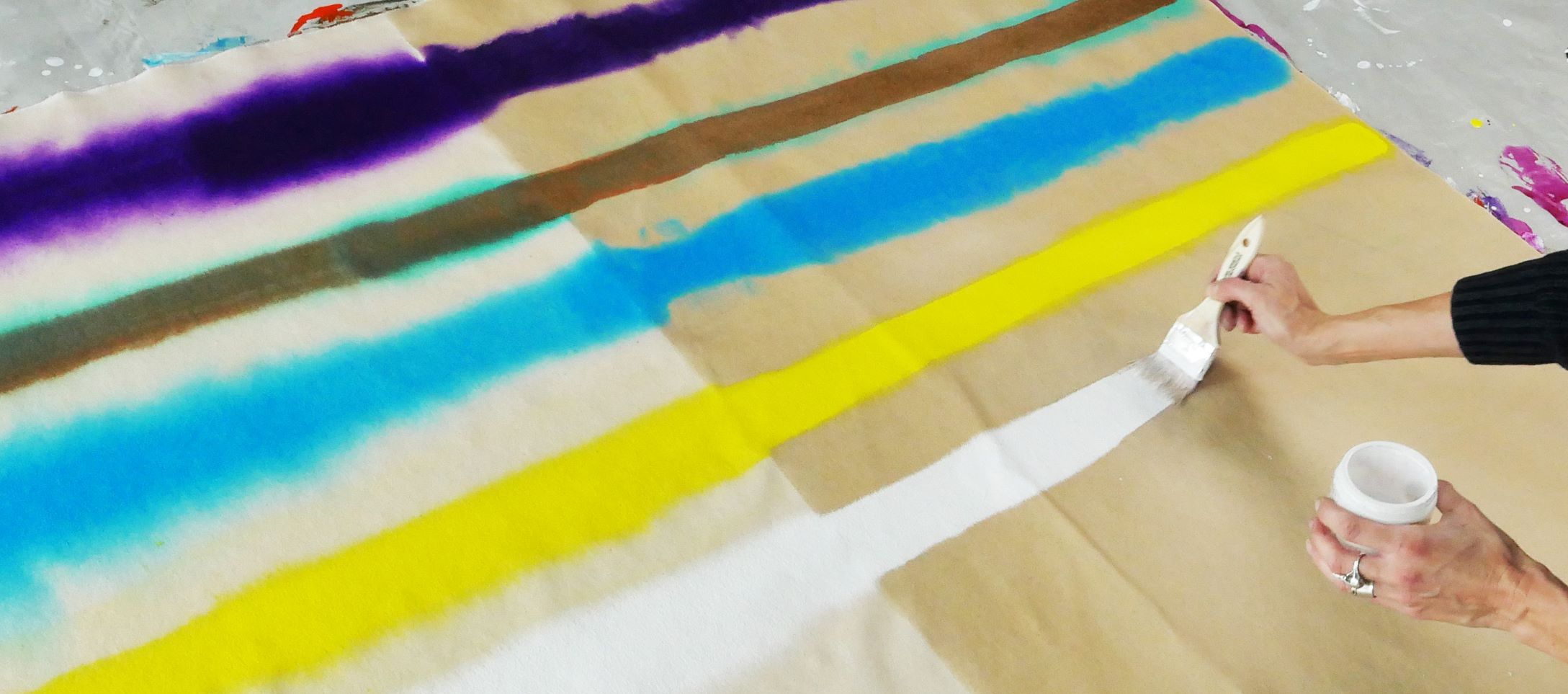
Imagine if you will, the scene: the artist in their studio, clothing covered in paint, standing above, next to or on top of canvas laid upon the floor, fully animated and wild broad gestures halted by short deliberate movements; using their whole body to fill the enormity of the painting surface and capturing the physical … Read more
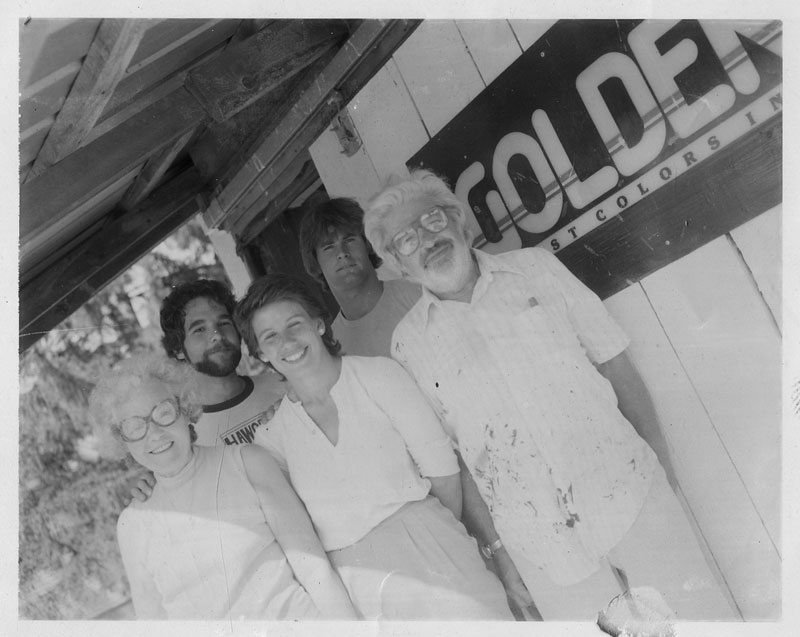
We hope Just Paint has been a valuable resource for artists, educators, material scientists and conservators to allow us to share our research and insights on the range of products we produce. I am seizing this space to extend a personal thank you to all of you who have supported our products over all these decades. … Read more
Genuine Indian Yellow was prized for its transparency, depth of color and mixing properties with notable applications in landscape painting. Its origin was and is still, a curiosity. Recently, a 19th c. sample of Indian Yellow pigment was generously donated to Golden Artist Colors by Brian Baade, Paintings Conservator and Assistant Professor of Art Conservation … Read more
When I first started working for GOLDEN, training to become a Materials and Application Specialist, I was told that I should never give restoration advice. Coming from a painting conservation background I understood the concern and the reason behind it. GOLDEN as a company would put itself in a vulnerable position if we were to … Read more
many artists lack a dedicated interior location for spraying products, much less using solvents. The logical choice is to move the operation outside. However, spraying out in the open creates new challenges to be addressed, including temperature, wind, rain, and dust.
Is there a best orientation for stretching fabric and does this really make much of a difference for primed and painted canvas? Well, the general consensus is that the weft should be in the shortest dimension since it is the most reactive. But what is the weft, how can one recognize weave directions and what … Read more



